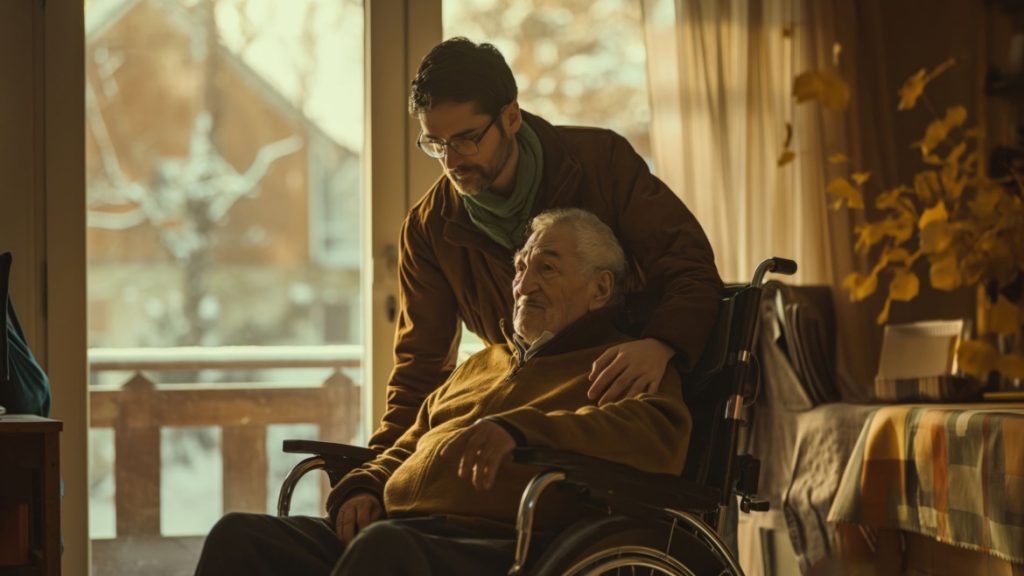
Special monthly compensation is just that, its extra compensation for disabilities that aren’t easily categorized or warrant an extra amount of compensation beyond 100 percent. They are generally based on a severity above the 100% level. Often whether a person has an amputated limb would receive the same level of SMC under SMC(k) as someone who receives disability compensation at higher levels. This may occur based on amputation above or below the knee. So that a foot amputation would receive 40% compensation vs. 60% for above the knee, though would receive the same amount under SMC(k). SMC(k) also applies to “loss of a creative organ”, which is pretty flexible in that just about any type of disability related to the reproductive organ will qualify. This includes problems such as erectile dysfunction or actual physical loss, such as loss of a testicle or ovary. It could also include removal of the epididymis or removal of a fallopian tube. The type of connection between a different service-related condition and this type of SMC can be somewhat tenuous. Even if commonly occurred erectile dysfunction is weakly related to a service connection it is still worth arguing where there may be an intermediary problem such as obesity, a service-connected condition, and the erectile dysfunction. An example may be a service connected back or knee disorder that causes obesity because it becomes too difficult to perform physical fitness leading to obesity and later erectile dysfunction.
SMC(k) has a relatively broad application that also applies to “loss of use” in terms of the main extremities, hands, and feet. Though it would obviously apply to any hand or foot that was literally missing through amputation, but also with complete ankylosis (“fixed joint”) such as the knee, complete paralysis of the primary nerve that causes loss of use of foot, or of the hand where there is no effective function due to any problem where it becomes difficult or impossible to do normal manipulatory activities. Other important sensory organs such as eye also apply the loss of use under SMC(k). What this means is basically only having light perception, such as seeing letters at one foot, and further away only perception of objects, hand movements or counting fingers at short distance. If one lacks even light perception or their original eyeball this would also warrant award of SMC(k). if the loss of vision is on both sides, then only corrected vision to 5/200 is required for the higher level of SMC(l), whereas only light perception in both eyes will warrant even more SMC at level M.
Housebound Benefits SMC(S)—the most common form of SMC
SMC(S) is a special category and likely the most common form of SMC that is also referred to as “housebound” though this doesn’t require that the veteran actually be bound to their house. This occurs when a veteran is rated at 100% for one disability that is totally disabling and a different disability or disabilities, of a different bodily system that total 60% overall. TDIU will also qualify in this type of SMC in addition to a single disability rated at 100%. Many times, a veteran will have several disabilities that could be the reason for unemployability and though the VA may find that multiple disabilities are what cause TDIU the veteran will also want the VA to consider whether any one of the single disabilities would cause TDIU on their own. This will often result an earlier effective date of the housebound SMC(S) benefit. The other way to get housebound benefits is to be housebound so long as the veteran also carries a 100% rating. By housebound you should be “substantially confined” to your house due to service-connected impairments and it be reasonably clear that the disabilities are permanent.
Aid and Attendance/Higher levels of SMC
This benefit is available for veterans at 100% based on one disability or 100% combined rating of what may be a “single disability”. One could get aid and attendance even if the veteran is rated at less than 100% if the director of compensation and pension rendered a favorable opinion. The veteran must need regular aid and attendance such that they basically are not independent in daily activities such as the ability to get dressed, to keep clean, to feed oneself, to use restroom independently, and to generally the ability to avoid ordinary hazards in one’s environment. The aid and attendance may not be needed constantly but only “regularly”. The person assisting need not be professional and could be anyone though if a professional were needed than higher compensation levels would be warranted. This claim will usually be an inferred claim and doesn’t need to be specifically applied for though it would be advised to specifically raise the issue as such as the VA probably wouldn’t flag it on their own.
There is also a higher level of aid and attendance under R2 if the veteran is already receiving SMC(o), is entitled to aid and attendance and needs a higher level of care. This will come into play if they need more professional medical help at home with medications, injections, and or things like catheters. SMC(t) pays at the level of R2 for the particular problems related to TBI where they are reliant on regular aid/attendance and would otherwise require institutionalized care were it not for the special care provided at home.
There are many variations of amputations or loss of use that would warrant higher levels of SMC under parts L, M, P 1/2, and others that we won’t go through each one. Generally, the greater the loss in terms of an extremity or limb the higher the levels. Some higher levels such as SMC(o) apply if there are two or more of these higher levels if they are not anatomically connected. There are different variations for meeting part O where multiple higher rates of SMC are met and there are other independently rated impairments.




